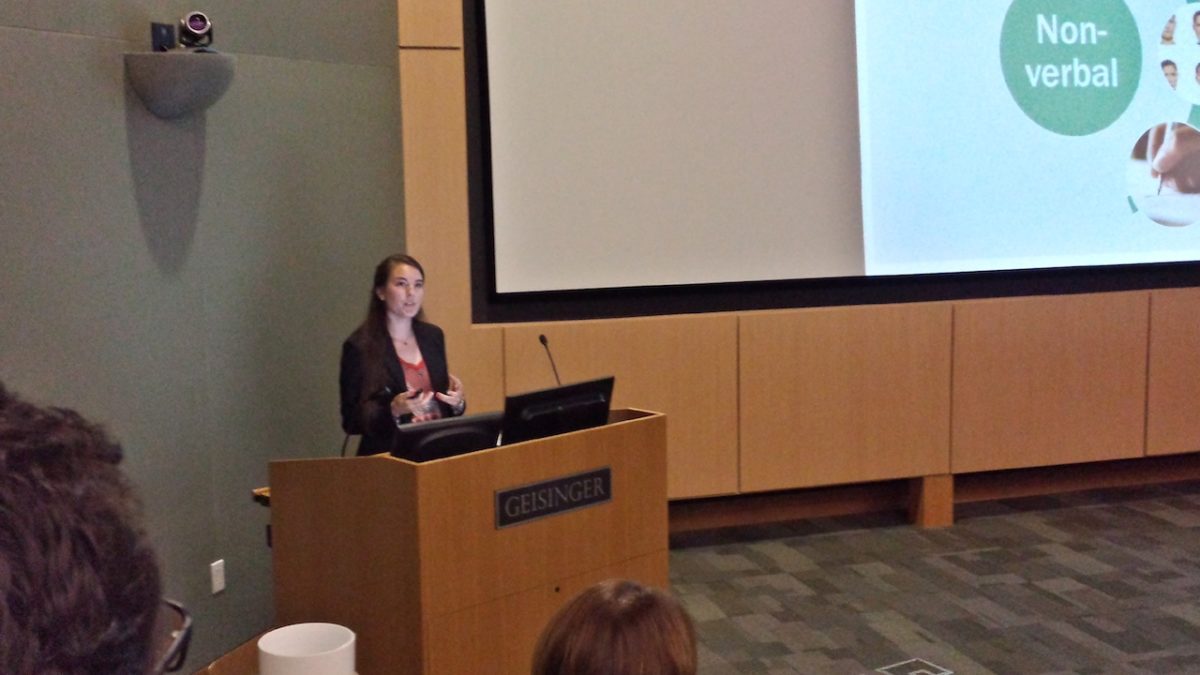Project: A novel ensemble classifier for protein contact map prediction
Duration: Summer 2013 – Spring 2015
Funding: Bucknell University Program for Undergraduate Research, BRK Startup Fund, Geisinger BGRI Grant, CS Dept. Fund
ABSTRACT
One of the greatest challenges in bioinformatics is how to predict the 3-D structure of a protein by understanding the relationship between a sequence and its amino acid structure. A protein contact map is a useful way of representing protein 3-D conformations. It is based on a distance matrix, which is a symmetric matrix that contains the Euclidean distance between each pair of C-alpha atoms in each residue in the folded protein.
Our goal is to improve existing machine learning algorithms for predicting a protein contact map from protein sequence, and develop a novel algorithm that improves the performance of existing contact map predictors.
ACHIEVEMENTS
- Honors Thesis – Successfully defended, April 2015
- Short paper and poster – ACB BCB ’14 – ACM International Conference on Bioinformatics, Computational Biology and Biomedicine, Sept 20-23, Newport Beach, CA [link]
- Poster Presentation – Fourth Annual Susquehanna Valley Undergraduate Research Symposium, SVURS 2014, August 5, Geisinger Research, Danville, PA
- Poster – Kalman Research Symposium 2014, March 29, Bucknell University, Lewisburg, PA.
POST GRADUATION UPDATES
Chuqiao successfully defended her honors thesis in April, 2015. She is staying for a bit longer this summer to help finish a journal publication and submit before she departs us. She is currently planning on pursuing her graduate degree in computer science at Columbia University, starting Fall 2015. Congratulations, Chuqiao!

